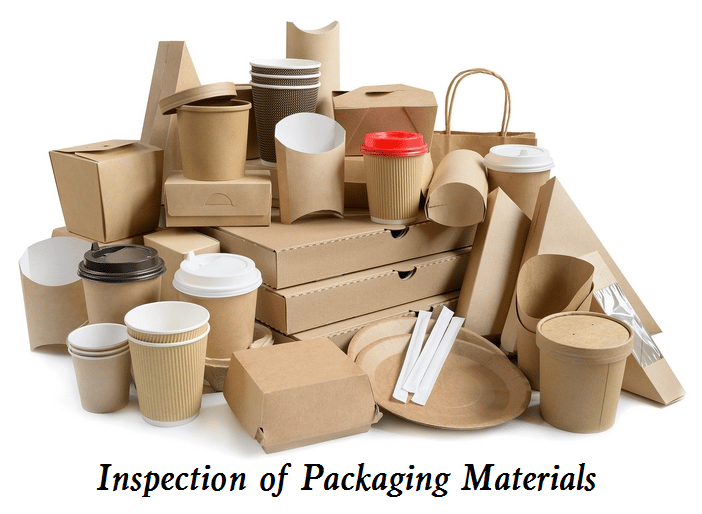Packaging materials refer to the materials used to manufacture packaging containers and other materials that meet the packaging requirements of products. They include metal, plastic, glass, ceramics, paper, composite materials, etc. What needs to be checked in the packaging material inspection and how to do that more effectively?

Inspection Scope of Packaging Materials
- Paper packaging materials
Packaging paper honeycomb paper, paper bag paper, desiccant packaging paper, honeycomb paperboard, kraft paper industrial paperboard, honeycomb paper core, etc - Plastic packaging materials
PP packing belt, pet packing belt, tear film, winding film, sealing tape, heat shrinkable film, plastic film, hollow plate, etc - Composite flexible packaging materials
Flexible packaging, aluminized film, iron core wire, aluminum foil composite film, vacuum aluminized paper, composite film, composite paper, BOPP, etc - Metallic materials
Tinplate aluminum foil, barrel hoop, steel strip, packing buckle, Blister aluminum, PTP aluminum foil, aluminum plate, steel buckle, etc - Ceramic materials
Ceramic bottles, ceramic jars, ceramic jars, ceramic pots, etc - Glass material
Glass bottles, cans, boxes, etc - Wood material
Packaging made of wood products and artificial wood plates (such as plywood and fiberboard), such as wooden cases, barrels, wooden boxes, wooden plywood, fiberboard boxes, plywood boxes, and wooden pallets - Bronzing material
Bronzing material, laser film, electrochemical aluminum bronzing paper, bronzing film, bronzing film, bronzing foil, bronzing foil, color foil - Adhesives and coatings
Adhesives, adhesives, composite adhesives, reinforcing agents, starch adhesives, sealing adhesives, latex, resins, self-adhesive, etc - Packaging auxiliary materials
Bottle cap glove machine, mold, gasket, handle, cushion nozzle, sealing cap, packaging film, etc.
Inspection Content of Packaging Materials
Pressure resistance, adhesive strength, bursting strength, edge pressure strength, puncture strength, folding resistance, flat compression strength, tensile strength, moisture thickness, tensile property, compressibility, size, creep, peel strength, drop test, salt spray test, water intrusion test, pressure test, wind, and rain test, high and low-temperature test, constant temperature and humidity test, stacking test, vibration test, moisture resistance, layered quantitative, dry heat plus aging test Empty container compression resistance, etc.
Packaging Material Quality Inspection Tips
With a serious and responsible attitude towards the production quality of products, the enterprise needs to carry out comprehensive testing on the purchased or self-produced packaging materials. If the enterprise does not have a special testing department, it needs to pass the certification of a professional packaging material testing organization, and can only be put into use after passing the testing. So, what should you know when inspecting and checking packaging materials?
Use the corresponding inspection method
The packaging materials used for different products are different, and some packaging also requires other auxiliary materials. The types of various materials are different. It is obviously not feasible to carry out quality inspections according to a unified method. Therefore, when testing packaging materials, it is necessary to select the corresponding testing method according to the material type of the tested object.
The inspection should be comprehensive
The inspection characteristics of each packaging material are not single. When testing packaging materials, a detailed testing plan should be formulated according to the type of materials to ensure comprehensive testing and avoid missing and wrong testing. For example, when testing carton packaging, in addition to the tests of compression strength, edge pressure strength, puncture strength, and other items, we also need to test the water content.
Make inspection records
When testing packaging materials, the staff needs to make test records along with the test items to ensure that the test behavior is traceable. When there is any objection to the test results, they can be traced according to the test records.
In order to ensure that the inspection of packaging materials used by products has rules to follow and ensure that the quality of packaging materials meets the standards, the third-party testing institutions should not only sample and conduct comprehensive professional testing on packaging materials according to the packaging material testing standards, but also make accurate judgments on the testing results of packaging materials according to national and international standards.